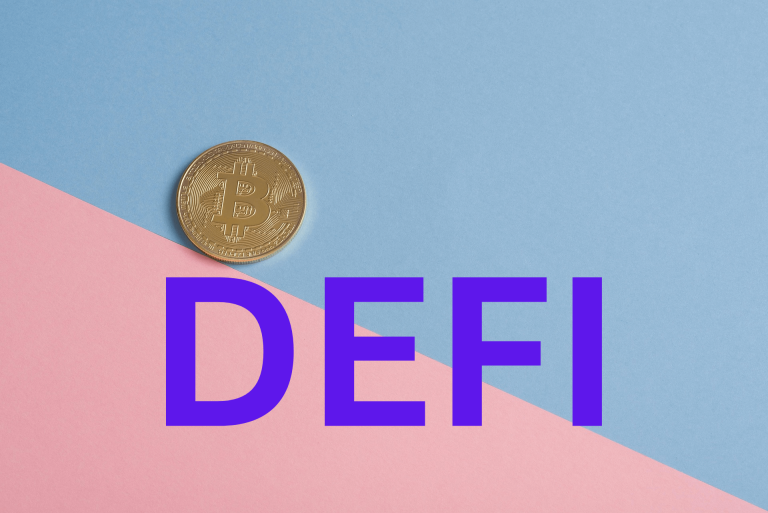How to Set Up a Cryptocurrency Wallet: Step-by-Step Guide for Beginners
Learn how to set up a cryptocurrency wallet with this comprehensive guide. Understand the different types of wallets, step-by-step setup processes, security best practices, and tips for choosing the right wallet for your needs.
Cryptocurrency wallets are essential tools for anyone looking to buy, sell, or hold digital assets. They allow users to securely store private keys, manage balances, and interact with blockchain networks. Whether you’re a beginner or an experienced investor, understanding how to set up a crypto wallet is crucial for safeguarding your assets and engaging with the crypto ecosystem.
Understanding Cryptocurrency Wallets
A cryptocurrency wallet is a digital tool that allow users to store and manage their crypto assets. Unlike traditional wallets, crypto wallets don’t store currency in a physical form. Instead, they hold the private keys that grant access to your digital assets on the blockchain.
Types of Wallets
Hot Wallets:
These are connected to the internet and are convenient for frequent transactions. Examples include mobile apps and desktop applications.
Cold Wallets:
These are offline wallets, providing enhanced security by keeping private keys disconnected from the internet. Examples include hardware wallets and paper wallets.
| Feature | Software Wallet | Hardware Wallet |
| Accessibility | High (mobile, browser, desktop) | Medium (connect when needed) |
| Security | Moderate | High |
| Setup Difficulty | Easy | Moderate |
| Ideal Use | Frequent transactions | Long-term, large amounts |
Choosing the Right Wallet
Selecting the appropriate wallet depends on your specific needs:
Security: Cold wallets offer higher security, suitable for long-term storage.
Convenience:
Hot wallets are user-friendly and ideal for daily transactions.
Asset Support:
Ensure the wallet supports the cryptocurrencies you intend to use.
Platform Compatibility:
Check if the wallet is compatible with your device (e.g., iOS, Android, Windows).
READ ALSO: Crypto Wallet: How to Recover Lost Wallets [Hidden Secrets]
READ ALSO: How to Buy Bitcoin and Other Cryptocurrencies [Scam Free Tips]
READ ALSO: How to Earn Cryptocurrency Without Investment
Step-by-Step Guide to Setting Up a Crypto Wallet
1. Select a Wallet Type
Decide between a hot or cold wallet based on your usage:
Hot Wallets: Suitable for active trading and frequent transactions.
Cold Wallets: Ideal for storing large amounts of cryptocurrency securely.
2. Choose a Wallet Provider
Some popular wallet providers include:
Exodus: User-friendly interface with support for multiple cryptocurrencies.
Trust Wallet: Mobile wallet with a built-in Web3 browser.
MetaMask: Browser extension wallet popular for Ethereum and ERC-20 tokens.
Ledger Nano X: Hardware wallet offering high security for various cryptocurrencies.
3. Download and Install the Wallet
Hot Wallets: Download the wallet app from the official website or app store.
Cold Wallets: Purchase the hardware wallet from the official vendor and install the accompanying software.
4. Create a New Wallet
Set Up a Strong Password: Choose a complex password to enhance security.
Backup Seed Phrase: The wallet will generate a recovery phrase (usually 12-24 words). Write this down and store it securely. This phrase is crucial for recovering your wallet if you lose access.
5. Secure Your Wallet
Enable Two-Factor Authentication (2FA): Adds an extra layer of security.
Keep Software Updated: Regular updates patch security vulnerabilities.
Avoid Phishing Scams: Be cautious of unsolicited messages or emails requesting your private keys or seed phrase.
6. Add Cryptocurrency to Your Wallet
Receive Funds: Use your wallet’s public address to receive cryptocurrency.
Buy Cryptocurrency: Some wallets allow purchasing crypto directly through integrated exchanges.
Importing and Recovering Wallets
If you ever lose your device or want to switch wallets:
Use your 12/24-word seed phrase to restore your wallet on a new device.
The recovery process reinstates access to your original wallet, including all associated assets.
Warning: If anyone gains access to your seed phrase, they can take your funds. Keep it offline and private.
Security Best Practices
Never Share Your Private Keys: Treat your private keys and seed phrase as confidential information.
Use Hardware Wallets for Large Holdings: They offer enhanced security for significant amounts of cryptocurrency.
Regularly Monitor Your Wallet: Keep an eye on transactions and balances to detect any unauthorized activity.
Educate Yourself: Stay updated about the latest security threats and best practices in the crypto space.
Frequently Asked Questions
Can I have more than one cryptocurrency wallet?
Yes. Many users have multiple wallets for different purposes or types of coins.
Are wallets anonymous?
They are pseudonymous. Wallet addresses don’t contain personal data, but transactions are visible on public blockchains.
Do wallets charge fees?
Most wallets don’t charge for setup or usage. However, you will pay network (gas) fees for transactions.
Conclusion
Setting up a cryptocurrency wallet is a fundamental step in participating in the digital asset ecosystem. By choosing the right type of wallet and following security best practices, you can manage your cryptocurrencies effectively and securely.







